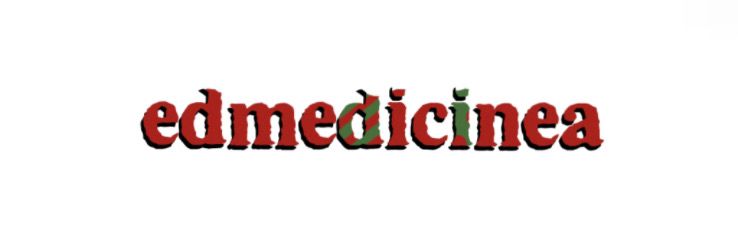What Are the Key Uses of Sodium Bicarbonate Feed Grade?
Sodium bicarbonate, commonly known as baking soda, is widely recognized for its culinary uses, but its applications extend far beyond the kitchen. One of the lesser-known yet critical forms is Sodium Bicarbonate Feed Grade, which plays a vital role in the animal nutrition industry. This blog post explores the key uses of Sodium Bicarbonate Feed Grade, highlighting its importance and providing relevant statistics.
For more information, please visit Sodium Bicarbonate Feed Grade(ru,fr,ko).
What is Sodium Bicarbonate Feed Grade?
Sodium bicarbonate Feed Grade is a high-quality form of sodium bicarbonate specifically formulated for animal feed applications. This product is essential for maintaining the health and success of livestock and poultry. Its alkalizing properties help regulate the pH levels in the digestive system, which is crucial for animal growth and productivity.
Key Uses of Sodium Bicarbonate Feed Grade
1. Acid-Base Balance
One of the primary uses of Sodium Bicarbonate Feed Grade is to maintain acid-base balance in animals. Livestock, especially dairy cattle, are prone to acidosis due to high-grain diets. This condition can lead to poor feed intake and decreased milk production. According to a study published in Animal Feed Science and Technology, the addition of sodium bicarbonate can effectively reduce the incidence of acidosis and improve overall health.
2. Enhanced Feed Efficiency
Feed efficiency is crucial for commercial poultry and swine operations. Research from the Journal of Animal Science indicates that the inclusion of Sodium Bicarbonate Feed Grade in diets can significantly enhance feed conversion ratios. This means animals can gain more weight with less feed, promoting sustainability and reducing costs for farmers.
3. Buffering Agent
Sodium bicarbonate acts as a buffering agent, helping to stabilize the pH of feed. This is especially important for ruminants whose digestive processes rely heavily on balanced pH levels. The National Research Council emphasizes that the use of buffering agents like sodium bicarbonate can improve nutrient absorption and overall performance in ruminants.
4. Reducing Feed Dust
In feed manufacturing, Sodium Bicarbonate Feed Grade is often used to reduce feed dust. Dusty feed can lead to respiratory issues in livestock, which can ultimately affect their health and productivity. A study by the Journal of Veterinary Science found that adding sodium bicarbonate decreased dust levels significantly, making the feed safer and more palatable for animals.
5. Improving Milk Quality
Milk quality is critical for dairy producers, and Sodium Bicarbonate Feed Grade can have a positive impact. Research published in Frontiers in Veterinary Science revealed that supplementation with sodium bicarbonate enhances milk yield and quality by optimizing the cow’s diet under challenging conditions, such as heat stress or low-quality forage.
Conclusion
In summary, Sodium Bicarbonate Feed Grade serves several key purposes in the animal nutrition sector, from balancing pH levels to enhancing feed efficiency. Its multifaceted applications underscore its importance to livestock health and productivity. As demand for efficient and sustainable animal husbandry practices grows, the role of Sodium Bicarbonate Feed Grade is likely to expand further, making it a valuable asset to producers worldwide.
References:
- Animal Feed Science and Technology
- Journal of Animal Science
- National Research Council
- Journal of Veterinary Science
- Frontiers in Veterinary Science
For more Soda Ash Denseinformation, please contact us. We will provide professional answers.


